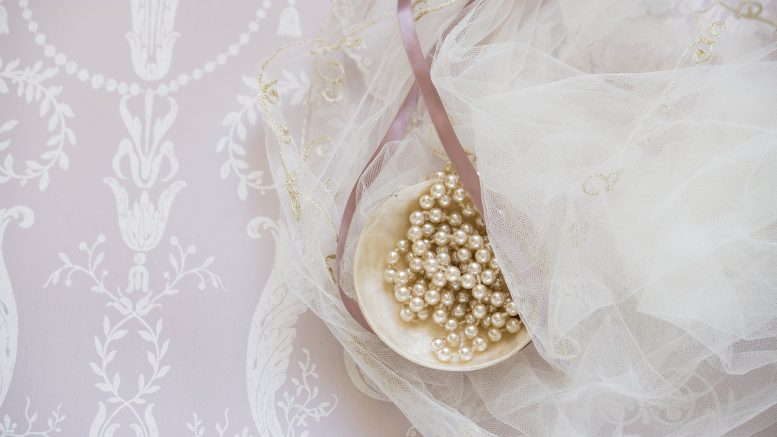Embroidery is an art and a skill that requires due attention. It is strong enough to transform any kind of normal cloth into an artistic piece just like embroidery digitizing does. Wearing plain clothes is so boring and unlikable for our new generation. Everybody wants innovation and nothing can beat the hand embroidery in terms of novelty. You can embellish an ordinary piece of cloth with beautiful, unique stitches and it is good to stand out in the crowd. Luckily you can customize it just the way you want, even in your homes.
Isn’t it just amazing that you can transform your whole look just by a few stitches and threads? I think it’s very exciting. You must be thinking how can we create such unique looks? For that, you should know about some basic stitches which I will let you know in this post to rejuvenate your old clothes. So have a look
1. Back Stitch:
It is the most basic stitch to start embroidery. It is used for outlining the filled embroidery. In that, a line is drawn and stitch is threaded over the line with a backward stitch. At that backward stitch insert the needle again and make a forward stitch. This will form a thin outline for the basic embroidery.
2. Running Stitch:
Running Stitch is for adding fine details in the embroidered pieces. It appears like dashed lines with some spaces in between. The fun thing about this stitch is that you can adjust the spacing between dashes forming it complex or simpler, just the way you like. You have to pass the needles over and under the fabric in a straight direction. It is also a line just like a back stitch but with spacing.
3. Straight Stitches:
These are the most basic regular or irregular spaced stitches formed by making a needle going forward and then backward. It is the most famous stitch in the block embroidery. A straight stitch is widely used in forming textured patterns.
4. French Knot:
As the name suggests, it is basically a knot. It is quite complex and challenging for the newbies but widely used in filling textures and patterns. The needle is wrapped around again and again with a thread to form a knot.
5. Stem Stitch:
Stem stitch is also used in forming outlines like curves or diagonals. It can fill the spaced designs by moving the needle forwards for smooth lines.
6. Chain Stitch:
Chain stitch is to make the bold patterns. All threads are linked together just like a normal chain. The thread is joined all way along.
7. Satin Stitch:
To fill the design on fabric, the most used stitch is the Satin Stitch. You just need to draw straight stitches and you are good to go. Make the thread go round and round over the certain area and fill the space.
8. Feather Stitch:
What you perceive by the name “feather stitch”? A flowy structure just like feathers? Yes, you guessed right. It forms layers in the embellished structures and is widely used in frames and borders. You can also consider it as a loop structure in which the needle is brought back again and again to form a loop. Then with a little space, a loop is formed again to give the final look like a chain.
9. Sheaf Stitch:
This stitch is my favorite and hopefully yours too. It has a very cute formation just like a bow. The vertical line is drawn with a knot in the center. Remember forming knot from the above-described stitches? Yes, the same technique will be applied here. And, a cute bow is ready. It is good enough for all the intricate designs.
10. Pistil Stitch:
Last but not least, Pistil stitch is another variation of knot stitch. Here, both techniques of straight and knot stitch are used with a knot in center and corners. A straight stitch is then used to join the edges. It is overall, a beautiful stitch that should be tried.
In brief:
Embroidery digitizing is an art that demands versatile stitching and weaving techniques. Just a little effort in learning the basic stitches and you will be perfect for the artistic designs.
Try yourself and win the hearts J



Be the first to comment on "Hand Embroidery Stitches for Quick Learners"